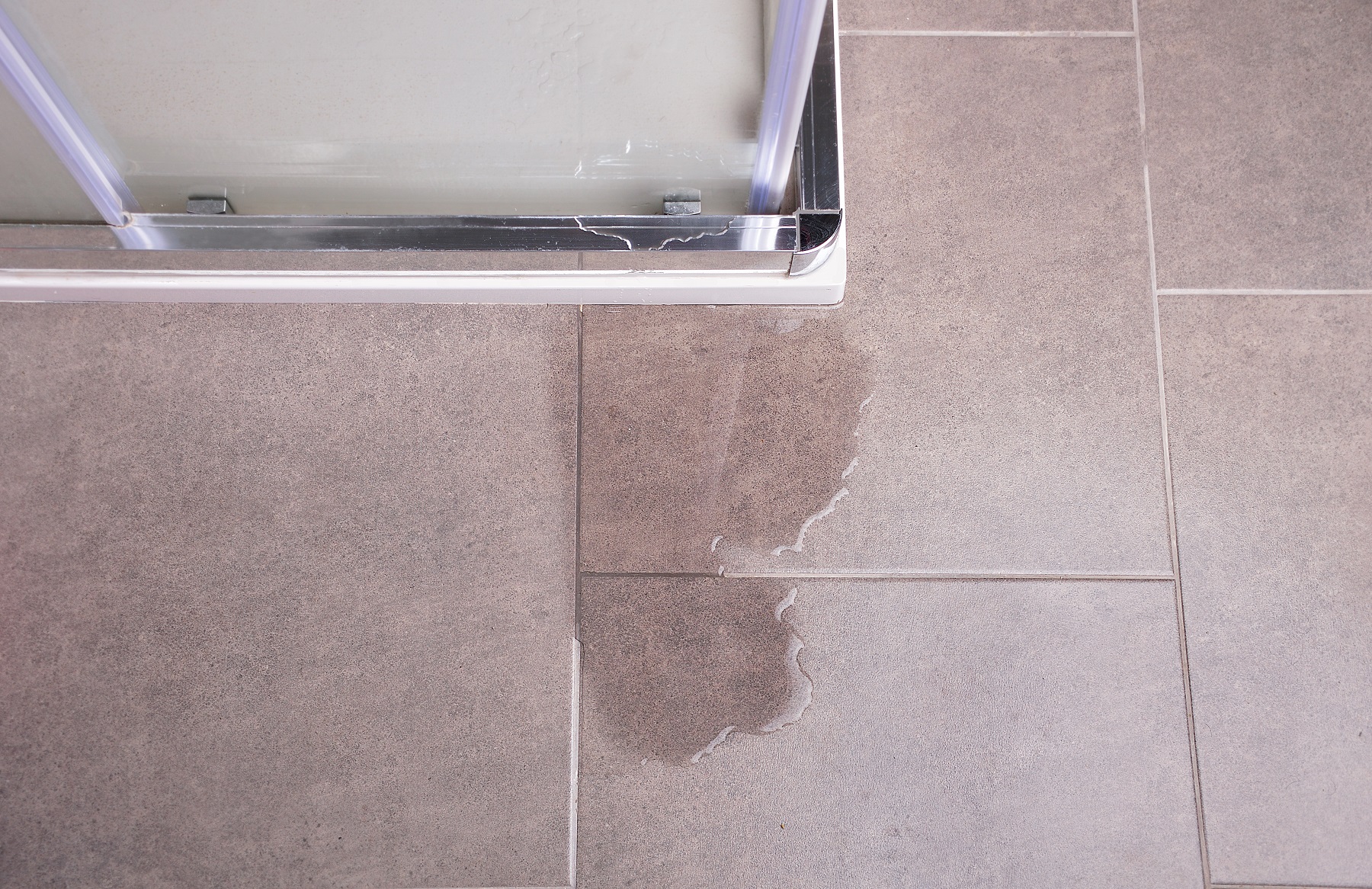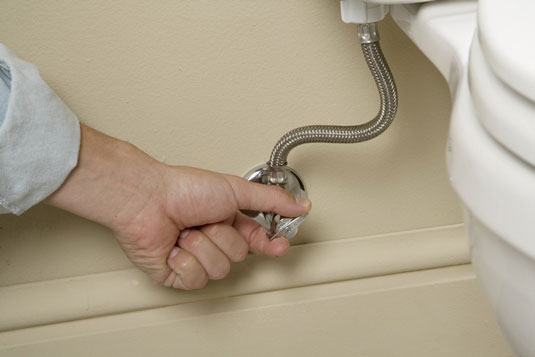Identifying and Managing Bath Water Leaks: What Every Homeowner Should Learn
Identifying and Managing Bath Water Leaks: What Every Homeowner Should Learn
Blog Article
Almost everyone maintains their personal conception on the subject of Tips For Water Leak Detection In Bathroom.

Washroom leakages are irritating as they disrupt your day's plan. They vary in extent relying on the resource of the leakage. You must prioritize them, as they can quickly get worse. So, it is an alleviation that most washroom leakages are very easy to deal with and also spot, with very little cost ramifications.
Having a water leak in restroom can be difficult to the home owner. Dealing with the leakage comes to be a simple problem if you recognize what to do. So, this post is important as a residence guide to finding and dealing with a water leak in bathroom. It does not change the need for expert experience. The post works as a "emergency treatment" when you require an emergency situation feedback to a water leak in washroom.
Discovery as well as Repair Work of Water Leak in Washroom
Water leakage in restroom commonly arises from plumbing and also pipe faults. There are a number of types of washroom leaks. You might need a standard understanding of these leakage types to detect the water leak in washroom. Right here are the usual bathroom leakages as well as deal with ideas:
Clogged Bathroom Sinks
Occasionally, the water leakage in bathroom results from sink blockages. This is commonly a hassle to home owners and also might be undesirable. Blockages may result from the build-up of soap residue, hair bits, or debris that clog the drainpipe. It is very easy to take care of clogs, and you might not need professional abilities.
What to Do
You can utilize a drain snake to get rid of the debris in the drainpipe and also let the stationary water flow. Drain cleansers are additionally available in stores and also are simple to use.
Toilet Leaks
Occasionally, water leaks from the commode and also pools around the bathroom base. It is an eye sore in the bathroom as well as requires punctual attention.
What to Do
You just need to tighten them if there are loosened bolts in between the cistern as well as commode. Occasionally you might need to reapply wax on the gasket or call a restroom leak professional to replace worn or broken components.
Dash Leaks
These typically result from water spilling on the restroom flooring from the bath tub. It damages the shower room flooring and may create rot to wood floors as well as shower room doors.
What to Do
This bathroom leak is the most convenient to deal with. You only need to replace the curtains or recaulk the tub or shower. You may require to change these to protect against additional damages if the leak has actually damaged the washroom flooring or door. The good news is that you can include a pipes specialist to aid with the shower room fixing.
Conclusion
Water leakages in the washroom are preventable occasions in the residence. When they do, repair them without delay, or involve the solutions of a specialist.
The post offers as a "very first aid" when you need an emergency situation response to a water leakage in shower room.
Water leak in restroom commonly results from pipes as well as pipe mistakes. You may require a fundamental understanding of these leakage kinds to spot the water leak in shower room. Sometimes, the water leak in washroom results from sink obstructions. It harms the shower room flooring as well as may create rot to wooden floors as well as washroom doors.
Signs That You Have a Water Leak in Your Bathroom
Puddles and Damp Patches
Water that’s appearing unexpectedly is a bad sign. If you’ve not taken a bath or shower, yet water’s still on the floors, then you’ve sprung a leak.
Keep an eye out for puddles on the floor, around the base of your shower, and/or in the cabinets of your bathroom. That water’s coming from somewhere!
The same goes for dampness in the room. Damp patches (however big or small) that appear anywhere from the floor to the ceiling is another sign of a leak.
Mold
Mold isn’t uncommon in bathrooms.
It’s found in damp and humid conditions, making a bathroom prime territory for mold to form. This is true in and around areas like the shower.
Confusingly, though, mold can also be a signal of a leak. Remember the damp patches we mentioned above? Well, it’s only a matter of time before mold grows on them.
Note any mold that’s started to form in ‘unexpected’ places. Pay close attention to mold in areas that should, in theory, remain dry.
Peeling Wallpaper
You may or may not have wallpaper in your bathroom.
If you don’t, then skip this one. However, for those that do, read on!
Essentially, any damp that’s present beneath a layer of wallpaper will cause it to peel away from the wall. Sure, this happens in time anyway, as the adhesive fails.
But don’t let that fact dissuade you from suspecting a leak. A well-wallpapered bathroom won’t peel unless there’s a problem.
Tiling Issues
On the subject of things coming off walls, pay attention to your bathroom tiles.
Never ignore them when they’re broken or loose, or have damaged caulking between them. These can let water trickle through and impact the materials beneath in what’s called a ‘tile leak’.
Bad tile leaks can be expensive to repair. If you’re lucky, you can get away with just replacing the tiles and grout/caulk. Sometimes, though, you’ll need a brand new backing.
The basic message here is to regularly check the tiles in your bathroom for damage, wear and tear! Call a professional for support at the first sign of trouble.
Strange Noises
Nothing sends terror through the hearts of a homeowner like the sound of dripping water in the walls! Any obvious water sounds must be addressed as soon as possible. You’ve sprung a leak which could be causing untold damage to the property.
Keep an ear out for more subtle and unrecognizable sounds too. For instance, a high-pitched hissing noise in the walls can come from a pipe that’s developed a slight crack.
Call the professionals whenever you notice watery noises persisting in the absence of bathroom appliances being used.
Strange Smells
As we’ve seen, leaks often cause damp, mold and mildew to develop in your bathroom.
However, you might notice a strange smell before these key visual clues emerge.
Think about the last time you went down into an old basement. The dank and earthy odor in the room is like what you can find in a bathroom with a leak. Unfortunately, many homeowners don’t understand what they’re smelling!
They might buy a new air freshener to remove the smell, without addressing the actual cause. It would be like spraying deodorant on your clothes instead of putting them through the wash! The smell improves, but the leak is allowed to get worse.
https://www.plumbtimesc.com/7-signs-that-you-have-a-water-leak-in-your-bathroom/

As a devoted person who reads on Leaking Bathroom Repair Expert, I was thinking sharing that piece of content was a great idea. Sharing is caring. You just don't know, you may be doing someone a favor. We love reading our article about Tips For Water Leak Detection In Bathroom.
Fast service, dial quick! Report this page